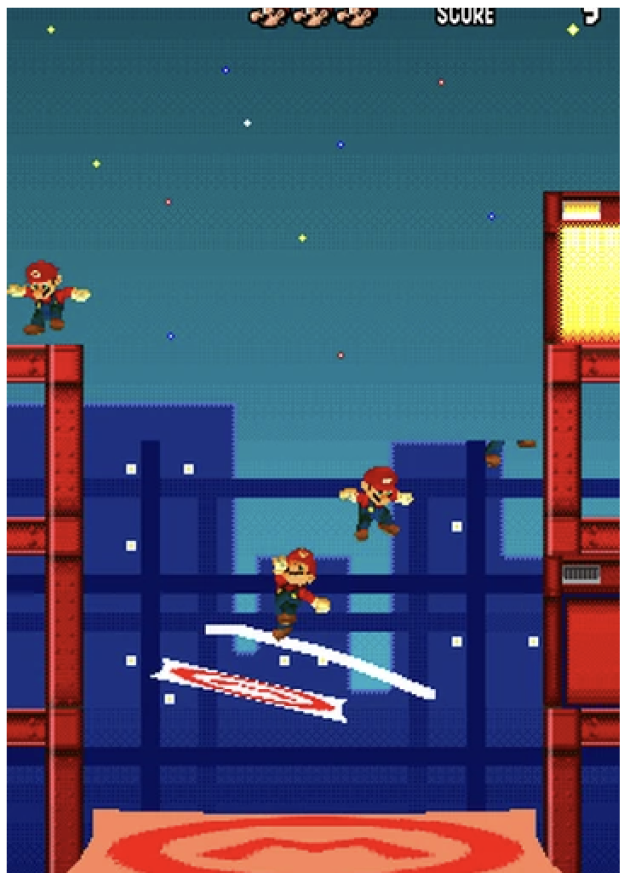I experienced immense personal growth during this project. For the first time I began to feel like I was becoming one with the code. I no longer had to look at the documentation every 5 seconds, and could mess around at a faster pace than ever before. At the beginning of this project I was really intimated by the fact that we would be starting from an empty file. However, in hindsight, this forced me to deeply understand every single part of the code from top to bottom. Milestone B was quite a struggle. However, Chugl Coding Legend Andrew showed me his debugging tips and tricks, providing me with enough skill to venture off into the wilderness of chuck all on my own. Once I had the inner mechanisms of my sequencer working it was time to play! In the beginning I was overwhelmed by the amount of possibilities. My project had gone quite abstract, and I could not seem to find a way to ground my next steps. This lead to me trying a lot of things and being unhappy with the randomness of it. Eventually, I realized I needed to simplify my design into its core elements. This mindset helped me focus on nailing parts of the design which would have the greatest impact for the user and the observer. In the end, I am proud of my technical growth, edit-for-simplicty mindset, and silly final product that brings a smile to my face. For next time I want to make a piece that feels more musical. Always more mountains to climb.
System Design: Well I think my code is quite sloppy, but I will do my best to explain how it works. I have provided an image below.

Acknowledgements: First, I would like to thank Kunwoo for his unparalleled mentorship. His understanding of the design process and sense for musicality has greatly improved my work. Our conversations inspire me to try new things, but most importantly, make decisions based on my gut reaction. Thank you to Andrew for helping me bring my vision to reality. Talking through strategies and watching you navigate through my code has greatly improved my coding abilities and I am very grateful. Some saying about teaching a man to fish yada yada. Finally, thank you to the rest of the class for always inspiring me! I am constantly amazed by the creativity of each individual in the class.









 Source
Source
 Source
Source